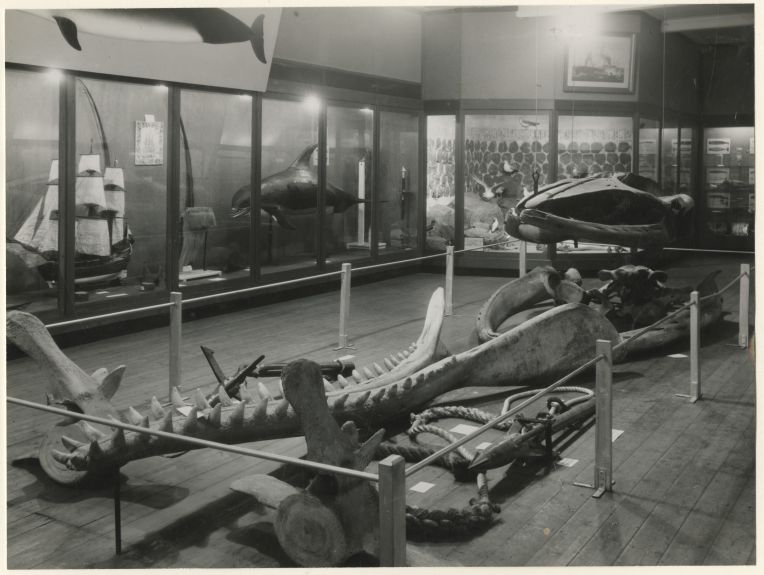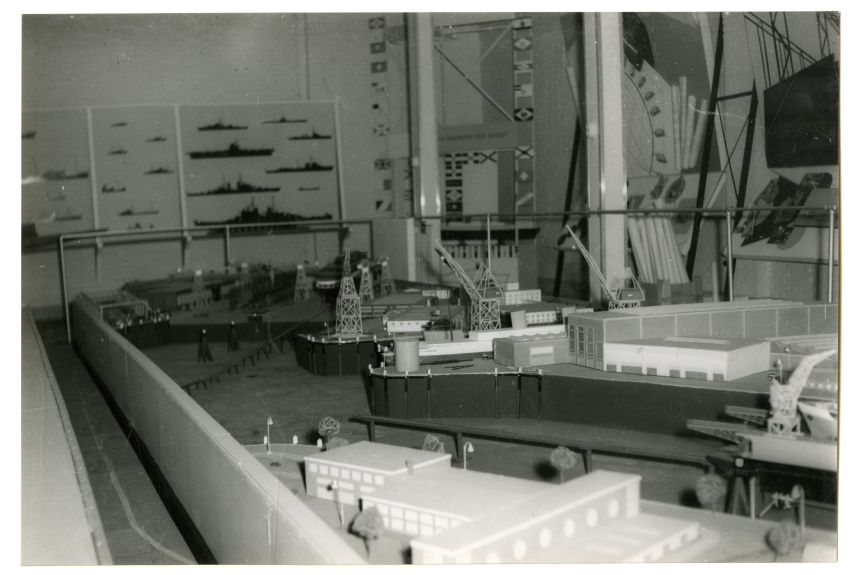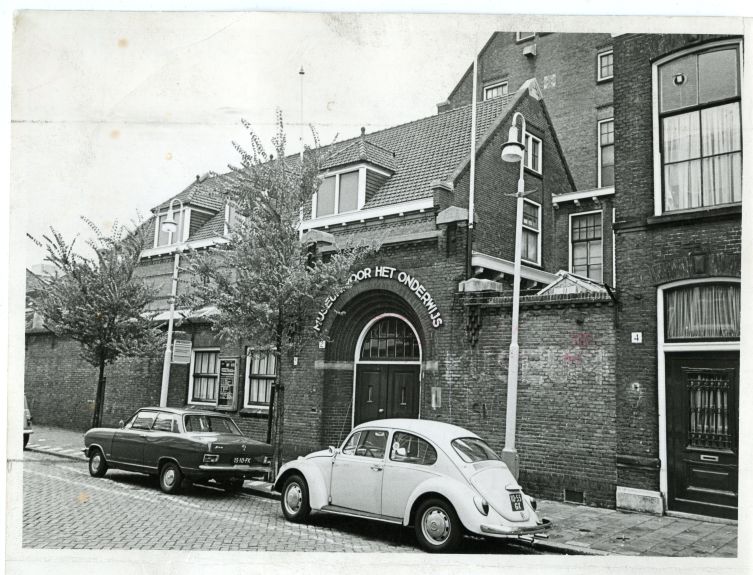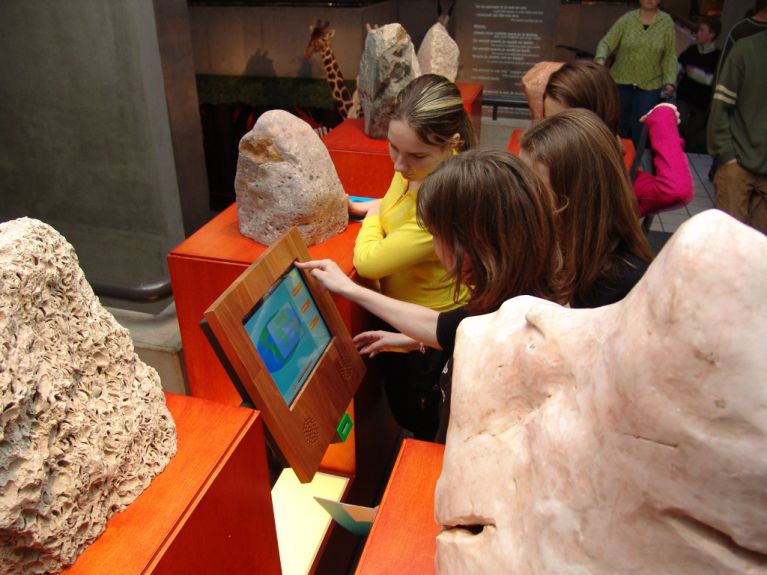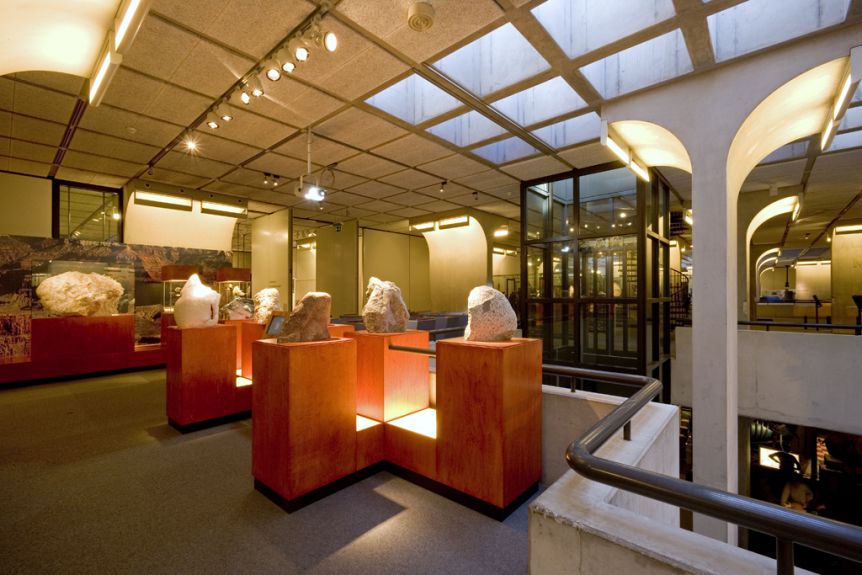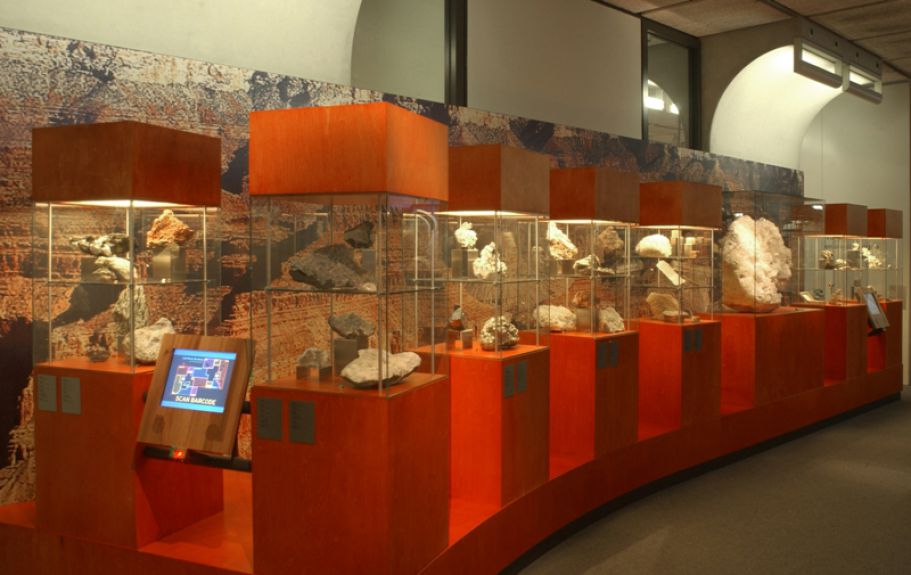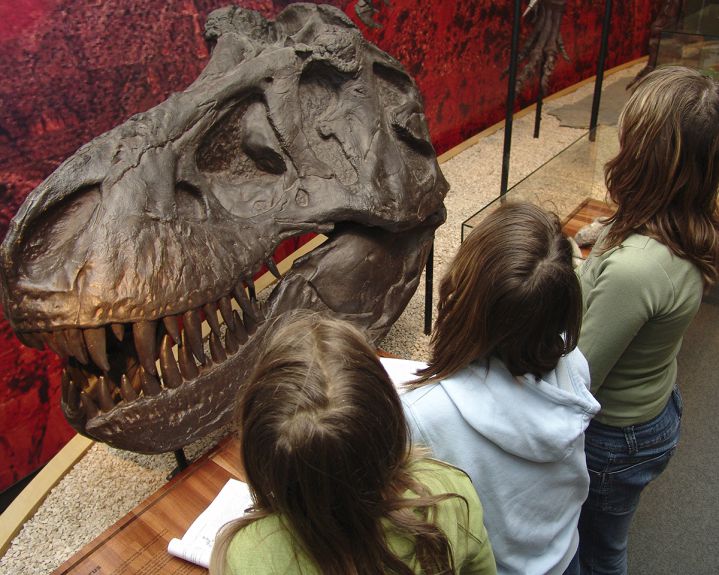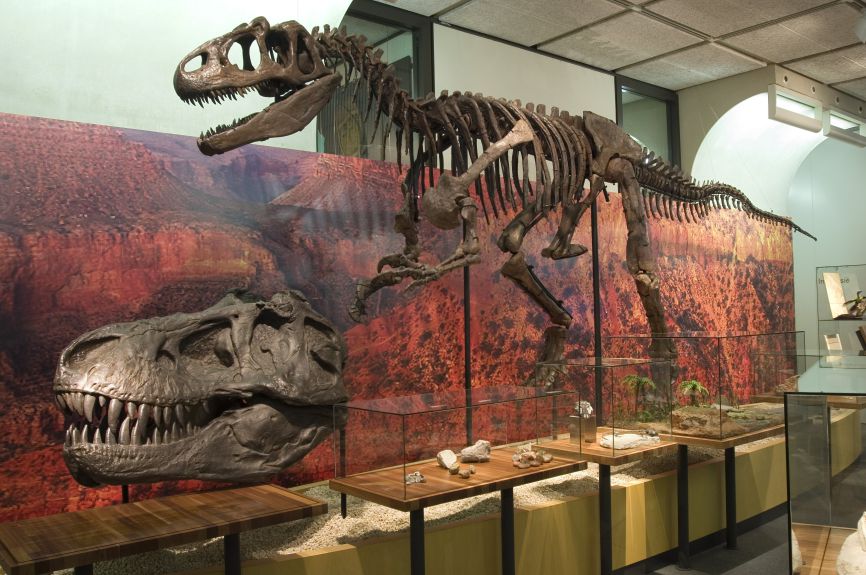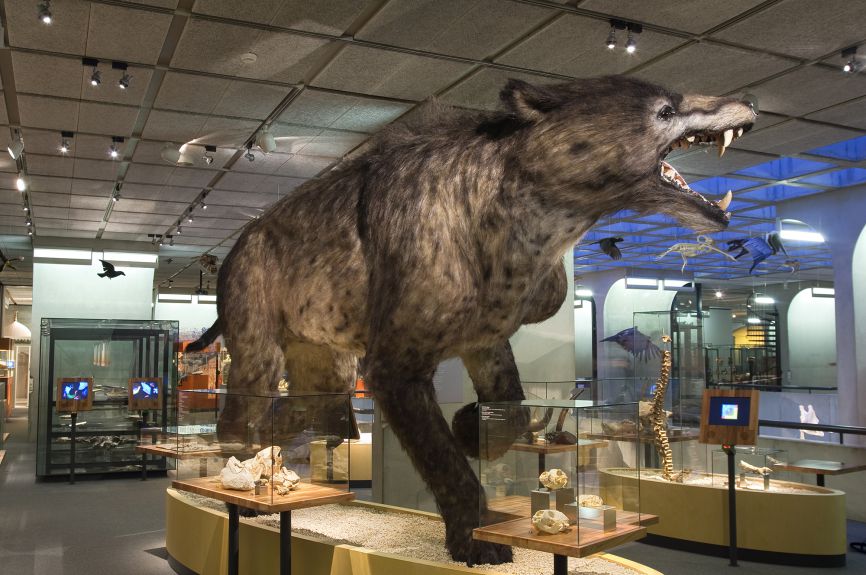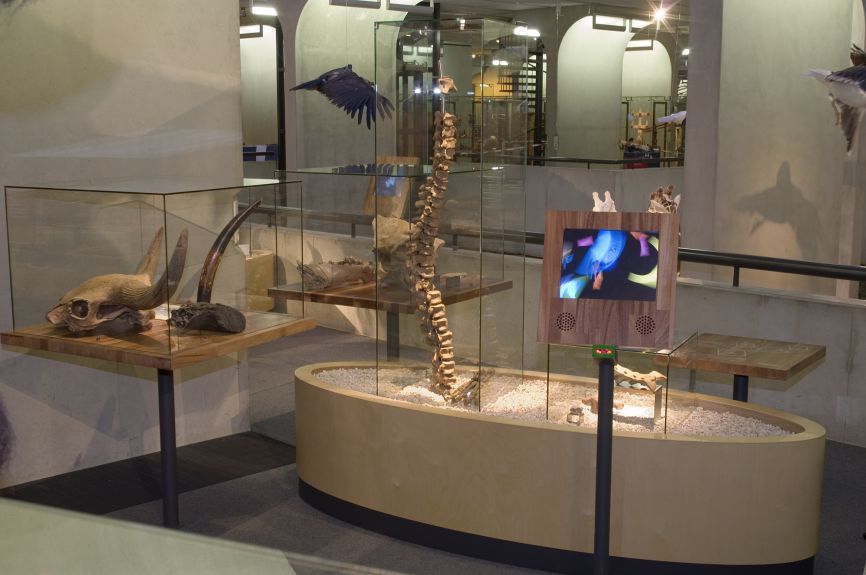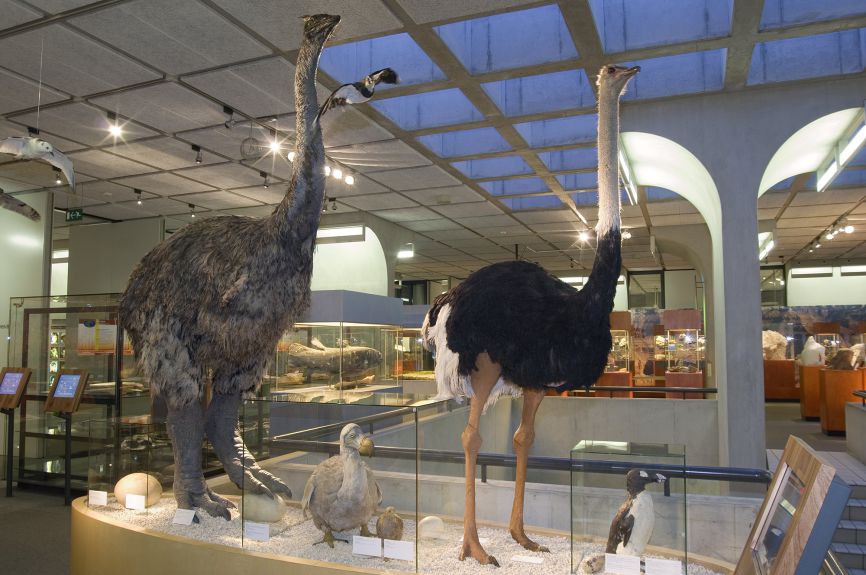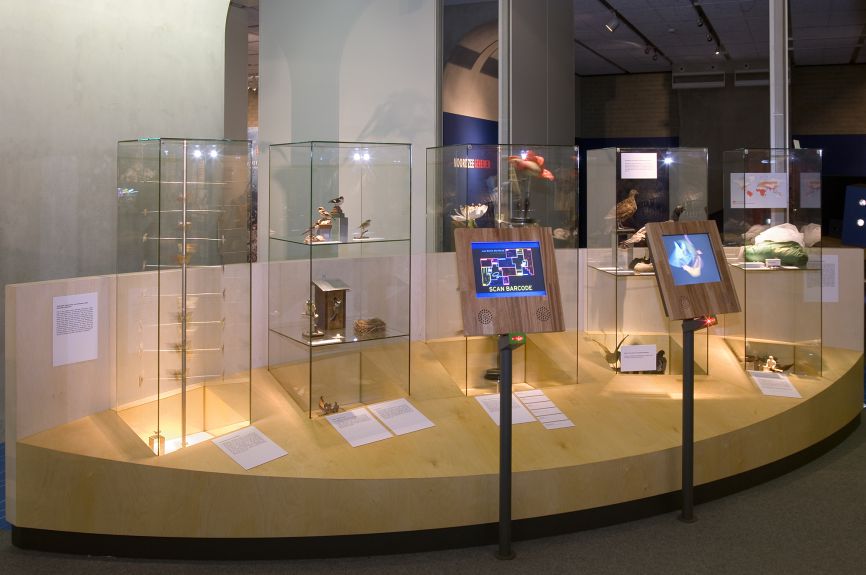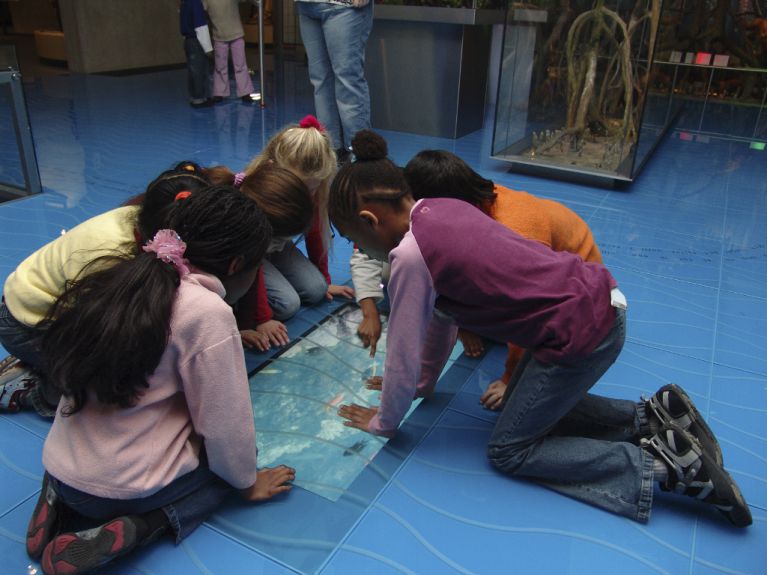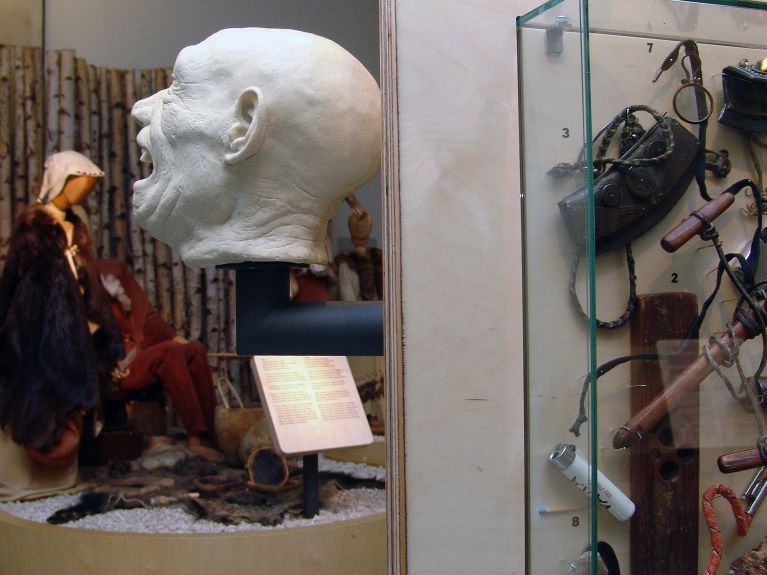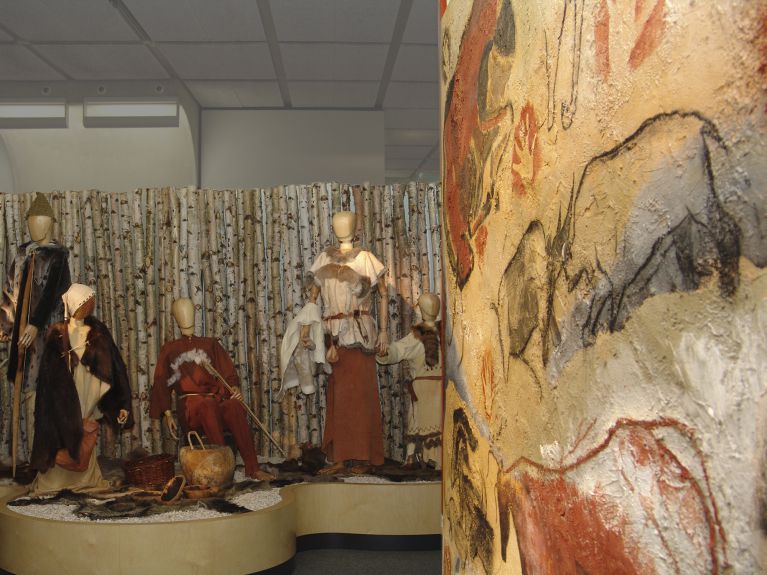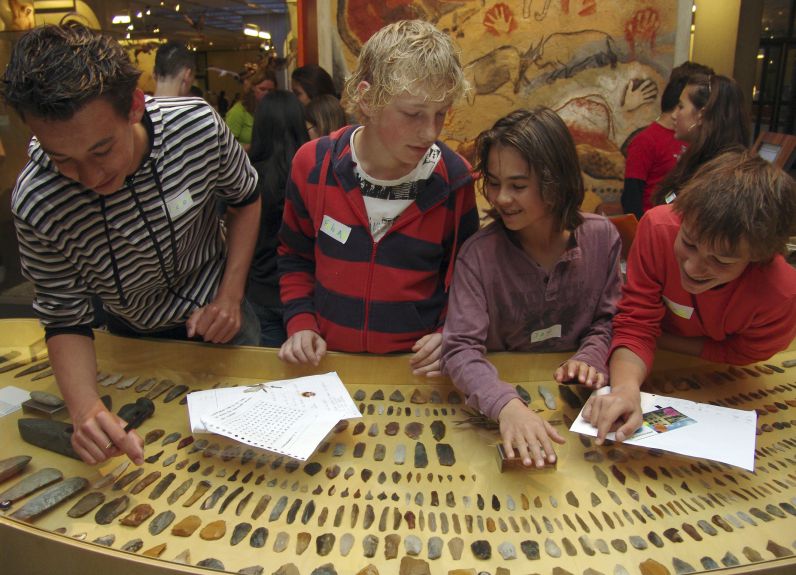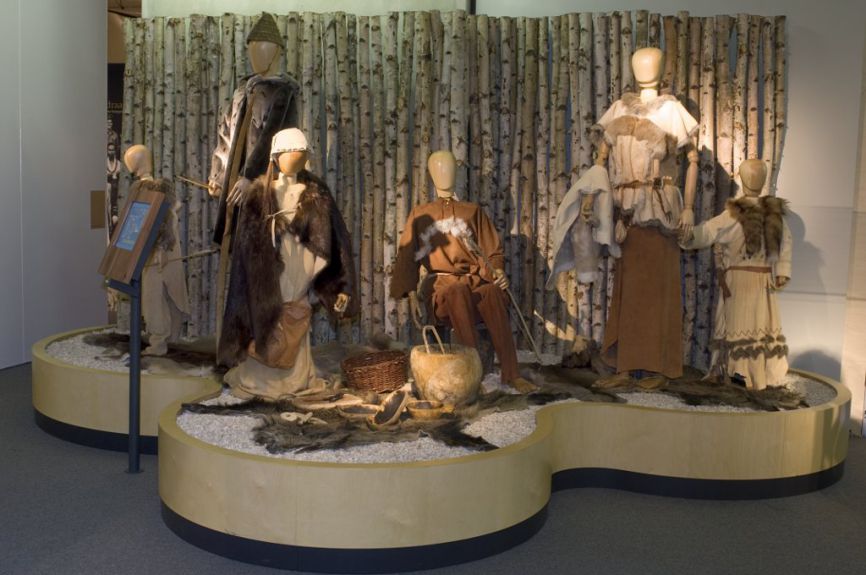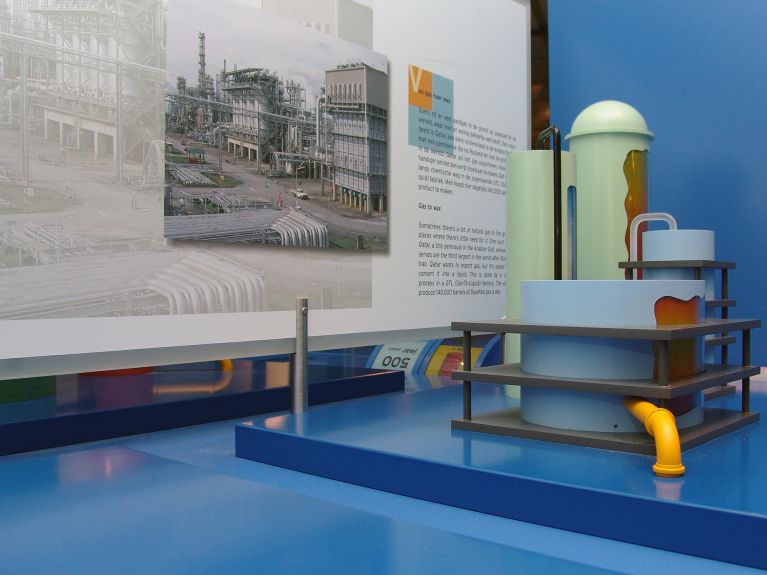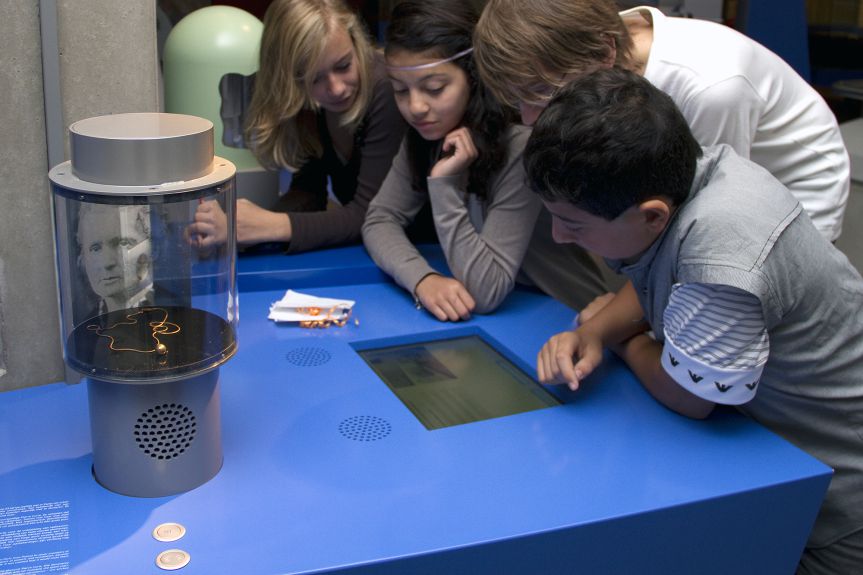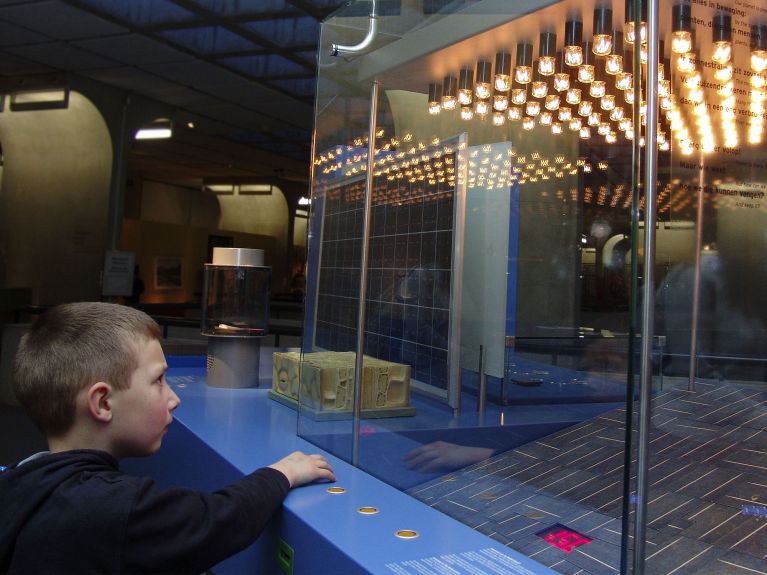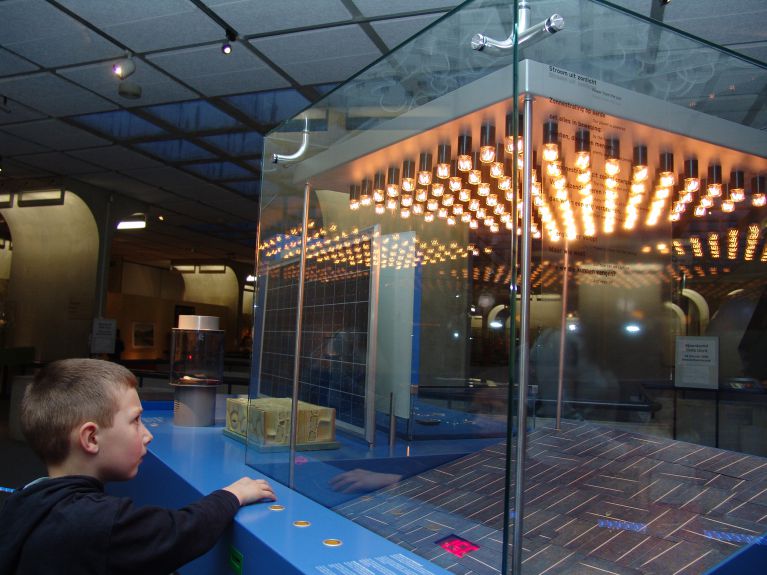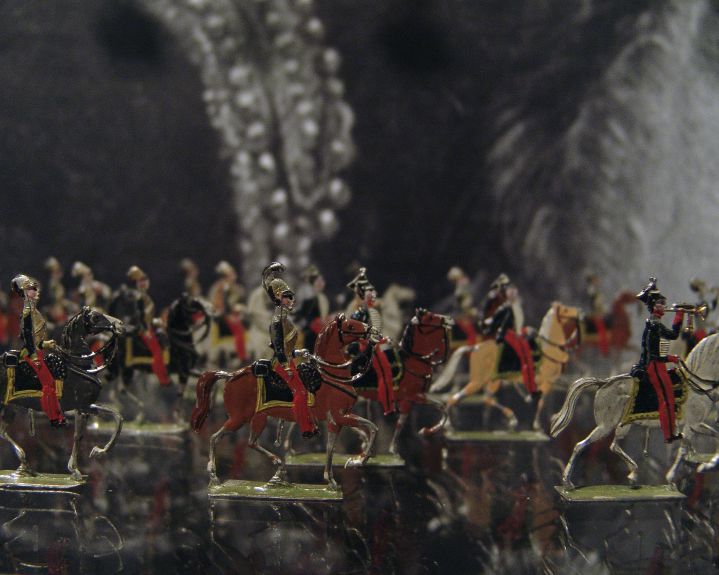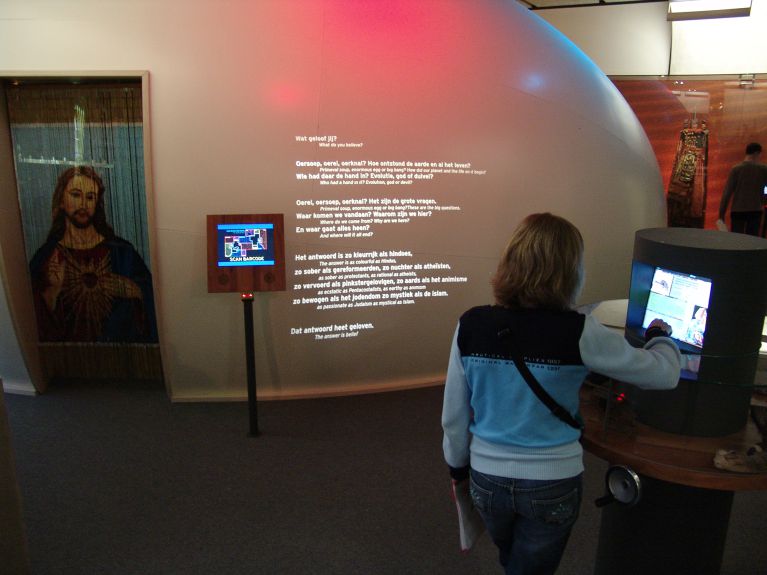The early twentieth century saw a change in the Dutch schooling system. Educational innovators such as Jan Ligthart proved that illustrative education and self-motivation promotes the transfer of knowledge. Pupils are inspired and eager to learn more if they can test in practice the theory they are being taught, using objects that appeal to the imagination.
Frits van Paasschen, director of the Hague newspaper Avondpost, thought of setting up a special school museum where teachers could take their class for a visit to the museum or to borrow ‘illustrational tools’. 'The Education Foundation’ (De Vereniging ten bate van het Onderwijs) was founded on 25 October 1904, and was followed by the opening of the ‘Museum for Education’ ('Museum ten bate van het Onderwijs') a few years later. With gifts and loans and the fast-growing demand from education, the museum continued to expand and was forced to relocate a number of times.
Expansion of the collection
The collection continued to grow. In 1926 26,000 objects had been registered, in 1968 48,000 and in 1984 75,000. The collection grew thanks to bequests, donations and purchases. After the Second World War the museum organised group travels during which museum staff would collect objects in faraway countries.
Unique collections
As early as 1933 famous biologist Niko Tinbergen acquired a beautiful collection of Inuit (Eskimo) objects in Greenland for the museum. Another collection of national importance is the one containing many drawings, documents and objects that relate to the Japanese occupation of the Dutch Indies. This collection was first started in the second half of the nineteen seventies and is still growing.
New building
In the early nineteen fifties, The Hague’s municipal council took the important decision to build a new museum, although it was to be another twenty-five years before this decision was carried out. Architect W.G. Quist was commissioned to build the new museum. It was completed in the spring of 1985, ready to start a new period in its long existence as Museon (a combination of museum and education and also derived from the Greek 'Mouseion' which means 'temple of the muses’).
Uit het historisch archief
1984
Omniversum werd geopend als eerste IMAX Dome-theater in Europa.
1986
Het museum opent zijn deuren voor het publiek aan de huidige locatie aan de Stadhouderslaan en krijgt een nieuwe naam: Museon. De architect van het gebouw is Wim Quist.
1997
Het Museon wordt verzelfstandigd en ondergebracht in de Stichting Museon (Museum voor het Onderwijs).
2005
Het Museon opent zijn nieuwe vaste opstelling Jouw Wereld, Mijn Wereld.
Impressie van Jouw Wereld, Mijn Wereld
2011
Het Museon bezuinigt nadat de gemeente Den Haag het subsidiebedrag drastisch heeft verlaagd. Ook zet het museum, na het advies van een commissie die de gemeente adviseert over de subsidiëring van culturele instellingen, een nieuwe koers in: geografie en in het bijzonder de belangrijke mondiale uitdagingen worden het uitgangspunt in de programmering. Daarbinnen ligt het accent op belangrijke mondiale thema's zoals voedsel, water, energie en culturele identiteit.
2016
Opening nieuwe vaste opstelling One Planet met de zeventien Duurzame Ontwikkelingsdoelen van de Verenigde Naties als uitgangspunt.
2022
Museon en Omniversum fuseren tot één organisatie met de naam Museon-Omniversum.


